The content of the article
The order of Lepidoptera includes the largest number of individuals among other associations of insects. The variety of butterflies as a mosaic is made up of different species. A special place in it belongs to the puzzle, represented by the nymphalide family. In a number of other representatives of it, large forest pearls stand out, also called Paphia pearls. What are the main features of this species?
Description
A characteristic feature of the color of individuals is the division of the wings into two parts, the lower of which is painted in light color with silver wavy lines resembling a floral ornament. It is this iridescent ornament that resembles the mother of pearl of sea shells that gave the name to the species. In turn, the upper part has the color of a panther: an orange background with randomly scattered black specks of various shapes. Sexual dimorphism in pearls in most cases is not pronounced. Only sometimes do females give the wings darker in color.
By size, mother of pearl is considered large in comparison with other members of the family. Probably, that is why in its name there is an indication of the value - large forest mother of pearl. It has strong wings, the span of which reaches 7.5 centimeters. Such a physical warehouse allows butterflies to fly both far and high. It is known that individuals are able to fly to a height of two thousand meters above sea level and live on it.
Habitat
Distribution area
Large pearls widely settled in the temperate zone. Within its borders, individuals can be found on the territory of Eurasia, as well as northern Africa. In Germany, mother of pearl with a special dark color. Butterflies with a pronounced silver band live in Spain. Rarely do butterflies settle in deserts or steppes. The individual representatives of the species identified by researchers in the steppes near the Caspian Sea are considered migrants.
Subspecies
Scientists distinguish about fifteen subspecies that settle in different territories of the main distribution area of the insect. The main difference between each subspecies is the color of the upper part of the wing, the lower pearlescent part always remains unchanged. Cases of interspecific crosses have been recorded, the result of which was healthy offspring.
Lifestyle features
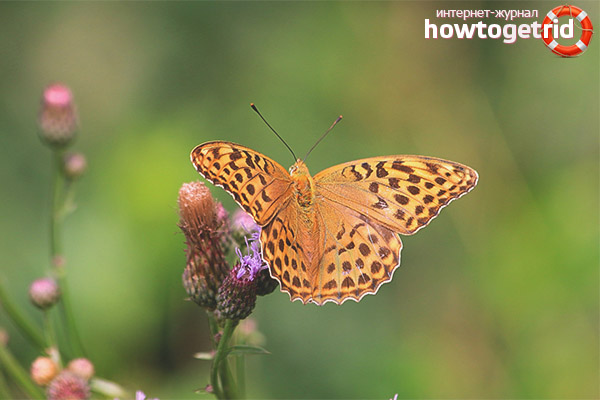
Large mother-of-pearl - day butterflies, the development of which occurs at the stages of complete transformation, characteristic of all lepidopterans. This means that first a larva emerges from the egg, the gnawing apparatus of which helps it to feed on leaves, then, having gained strength, the caterpillar becomes a chrysalis, and only after that a butterfly eats with the help of a proboscis, an adult insect, also called an adult, comes into the light.
Breeding
Status
Researchers note that the population of large forest pearls in Russia is not exposed to the threat of extinction. However, in the late nineties of the 20th century, the species was listed in the Red Book on the territory of the Smolensk region.
Video: butterfly mother of pearl (Argynnis paphia)

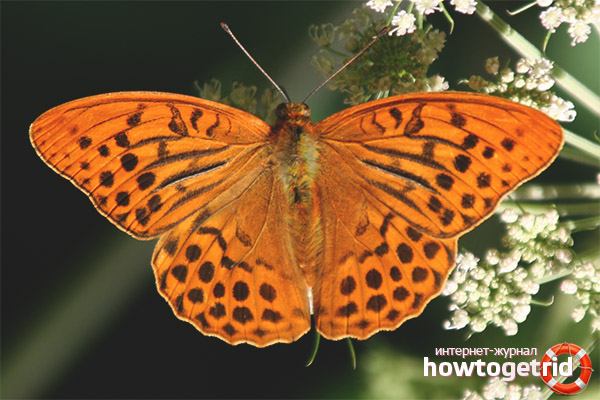
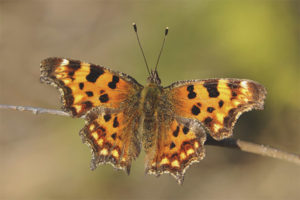

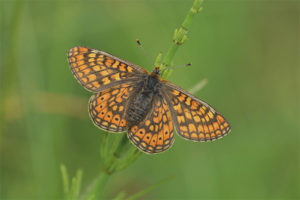
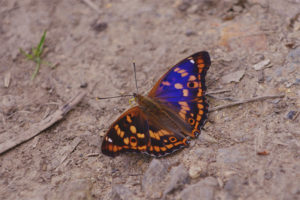

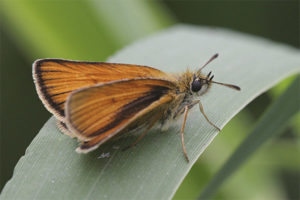
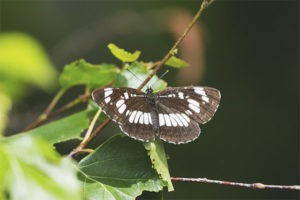
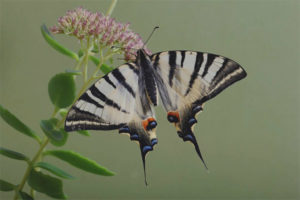
Submit